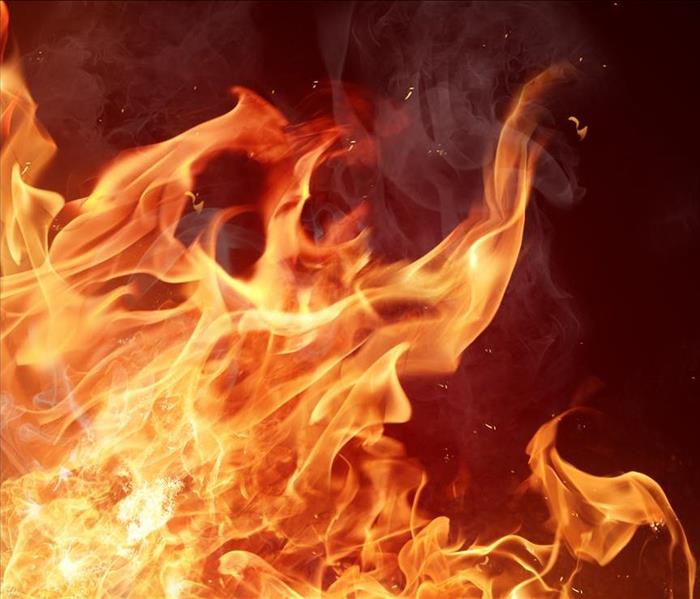Our Experts Discuss Our Procedures After A Fire
3/11/2020 (Permalink)
Dealing with the odor following a fire can be offensive and difficult to eliminate. After even the smallest kitchen fire, odor particles permeate throughout your home into every nook and cranny, creating long-lasting smells. While airing out your home does assist with ventilation, which helps with odor control, it is not enough to eliminate malodor after a fire.
Fire and Odor removal is difficult at any time of year, but summer and winter present unique challenges. The weather can have an impact on odors after a fire. During winter, it may be difficult to properly ventilate your home, especially if it was a minor fire where you do not need to leave your house. Having open windows and doors to ventilate is not possible if you are trying to function in your home. During summer, the odor may present itself again due to a rise in humidity.
There are four basic procedures for deodorization. There is not a one size fits all method since odor problems tend to be unique and do not always come from one source. SERVPRO restoration technicians create a plan to suit your individual needs following a fire.
First, it is imperative to remove the odor source instead of trying to deodorize the source. Technicians identify and remove charred materials before deodorizing. Debris may give off smoke odors if it is contaminated. Although every situation is different, this first step of removal is standard with most fire restorations.
Then, SERVPRO technicians clean surfaces containing odor-causing residues. Odor particles may keep generating if not adequately cleaned. If the fire in your kitchen was a grease fire, there might be a lot of residue on the stone, vent hood, filters, walls, etc. All of these things need cleaning to ensure deodorization is effective. Sometimes, the whole house needs cleaning since smoke odors often penetrate throughout the structure.
The third procedure is to recreate the conditions that caused odor penetration, except instead of smoke clouding the house technicians use a deodorizing fog or "smoke" from a thermal fogger to attack the odors. This procedure is for the most offensive and stubborn smells as residents and pets need to vacate the home during fogging. The last method of sealing is also reserved for difficult situations. Technicians seal surfaces by painting over walls to trap malodors under the fresh coat of paint, or they seal duct surfaces within the air handling system that are unreachable.
The above procedures to eliminate malodors after a house fire is typically linked with mechanical means. During the cleanup segment of the service, hydroxyl generators and air scrubbers are often deployed in strategic interior locations to physically change the chemical composition of airborne particulates and compounds.
For 24/7 assistance after a fire, contact SERVPRO of Greenwood, Abbeville & McCormick Co. at (864)229-6610



 24/7 Emergency Service
24/7 Emergency Service
